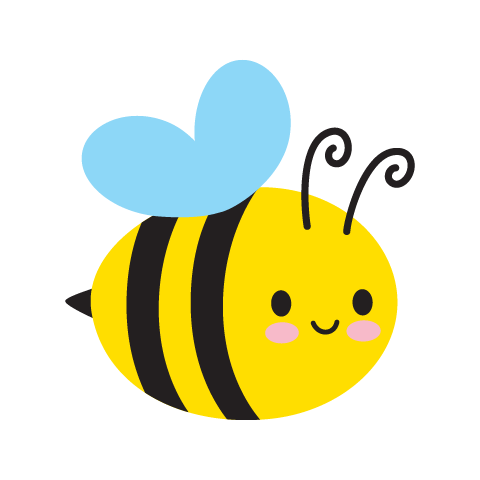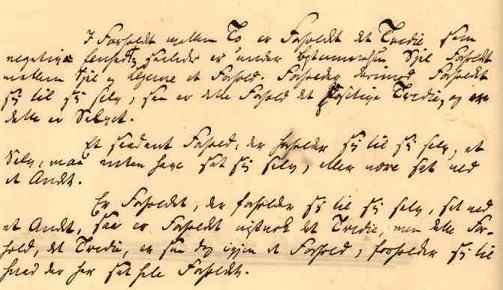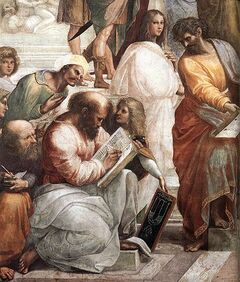Pi/Pie is a programming language that mainly works on this web application. Pi/Pie consists of Pi (Python like script language) and Pie (template language). Those are born in the need of designing scientific data online.
Texts and images are not enough to express data. The pies in Rollpie could have abundant rich forms such as math equations, charts, quizzes. I want Rollpie to have more varieties but what should I develop to achieve that? The answer is Pi/Pie.
Pi uses Pie files. A Pie file is like:
Earth is the third planet from the Sun and the only astronomical object known to harbor life. This is enabled by Earth being an ocean world, the only one in the Solar System sustaining liquid surface water. Solar System: * Mercury * Venus * Earth * Mars * Jupiter * Saturn * Uranus * Neptune
The source of the above text: Earth - Wikipedia, Solar System - Wikipedia
Let name this file "data.pie". Pi converts it to:
Earth is the third planet from the Sun and the only astronomical object known to harbor life. This is enabled by Earth being an ocean world, the only one in the Solar System sustaining liquid surface water.
Solar System:
- Mercury
- Venus
- Earth
- Mars
- Jupiter
- Saturn
- Uranus
- Neptune
...The list of solar system is written by Markdown-like style. But the input-type quiz is drawn by using three hyphens and importing "quiz.input", which is a default template function in Pi/Pie. The "quiz" is a library name and "input" is a function name.
On the other hand, a Pi file is like:
+ data.pie + html html.print(data.pie)
The print function in Pi HTML library converts a pie file, especially the inner area of three dots, to HTML. The "html.print()" works as a parser.
Rich contents like bar charts, slideshows, novel games can be created on the same system. The layout of your bar chart is defined in a Pi file. The title and values of chart is written in an article file.
index.pi ... Main
design.pi ... Chart layout
data.pie ... Article
The separation of design and data is necessary to make rich contents. The design itself requires the complex calculations and programmatic inheritances. The "calc" operator in CSS and "@use" rule in SASS are good examples to understand design structure.
The "design.pi", which defines the chart bar layout, is like that:
+ chart book_sale(chart.bar): title: color: #333 weight: bold bar: background: [red, green, blue] width: 20 x_axis: value: false
The "data.pie" is:
Today I will show you my apple sales last week.
The "index.pi" is:
+ data + html.print html.print(data)
The "book_sale" inherits (or wraps) "chart.bar" so "chart.bar" is enclosed with round brackets. The "@design.book_sale" represents importing book_sale. "@" means that the reference object is defined by not Pi/Pie but the user.
I showed the example of a static layout/data article introducing mainly Pie system. The Pie as a template language is a useful tool to make a static page but it is difficult for it to create a simple novel game.
The novel game is a story game where a user can press the enter key to proceed the story or click the right to open the menu. The browser games often enable us to write our usernames so that an enemy can call us.
The event or form makes different routes in the game so the author must use "if" operator in the Pi file.
+ enemy + play + pi + slide slide.loop(): play.battle() enemy_number = enemy.count() pi.if(enemy_number < 5): slide.print("Win") pi.else: slide.print("Lose")
if/else name can be changed in the future.
I create Pi/Pie to make contents like the above so Pi/Pie is essentially a UI-oriented language. In fact Pie is similar to the template languages. But Pi, the system supporting Pie files, is deeply rooted in the calculating or networking level. For example, Pi connects the database to render the proper distance of you and enemy.
Pi is very simple but have many strict rules to realize that users can create contents easily, quickly, consistently. Rather, the rules are Pi. I want to conclude this section to show the critical rules.
- Nobody opposes the name conventions.
- Use a tab indent to make a block.
Pi/Pie understands the library, class, function or object by its name.
Library ... Snake case
Class ... Camel case
function ... Snake case
object ... Snake case
Python engineers use 4 spaces as an indent. Pi/Pie uses only a tab and the length of a tab is that of 4 spaces.
Tab = 4 spaces








